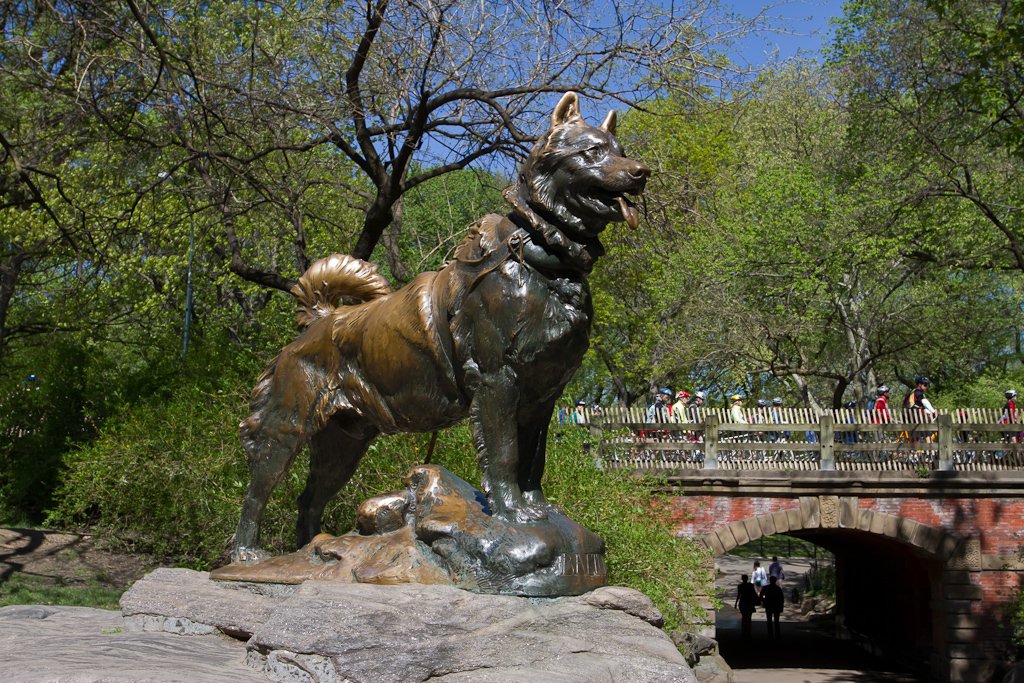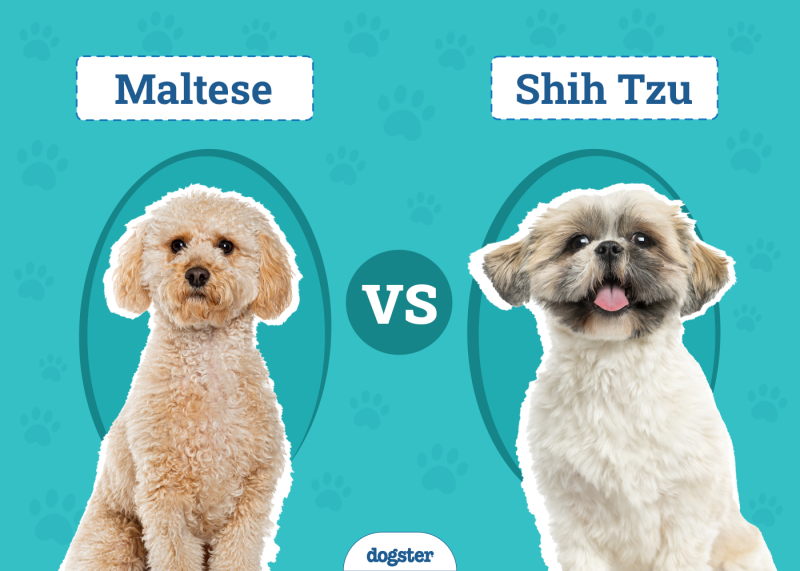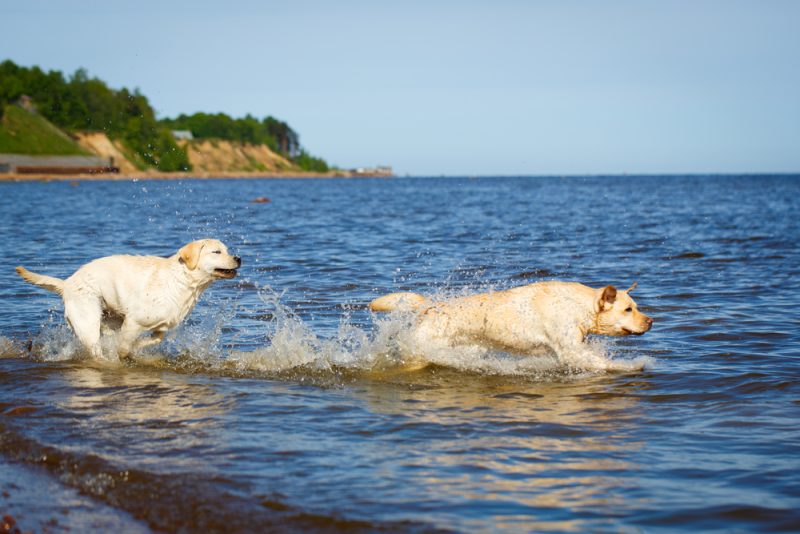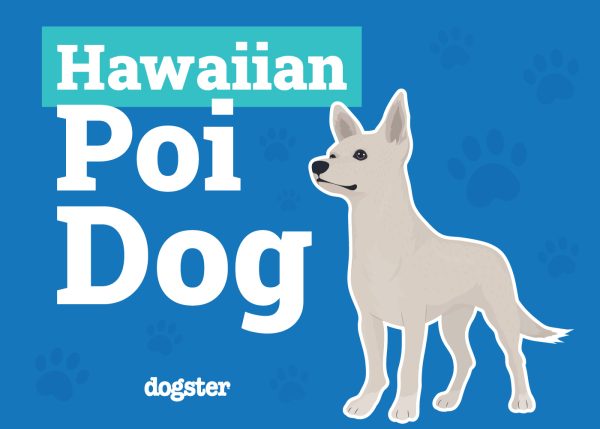In this article
Balto, the hero of the Alaskan Serum Run and star of the 1995 Amblin Entertainment film of the same name, has a legacy in stories and memorials. Years after his heroic run in 1925, Balto lived out his days at the Cleveland Zoo. He passed away on March 14th, 1933, at the age of 14.
Many people know the story of this brave Alaskan Husky, who’s now commemorated with his own statue in New York City’s Central Park and a mounted display in the Cleveland Museum of Natural History. But here’s the rest of the story you may not have heard.

The Balto True Story of the Alaskan Serum Run
In 1925, the doctors in Nome, Alaska, began to see the signs of life-threatening diphtheria spreading among patients. Isolated and without supplies, the town’s only hope was a serum in Anchorage, which was 500 miles away, but the only plane that could make the journey had a frozen engine.
To make matters worse, Alaskan winters routinely reach 50 below with deep snow and ice that made travel impossible. Planes can’t fly, cars can’t drive, and the only hope is a longer freight route, the 650-mile Iditarod Trail, which connects to the railroad station in Nenana.
With few options, officials decided to run a dog-sled relay to transport the lifesaving serum. It was transported by rail from Anchorage to Nenana, and the first musher in the relay brought the serum to Nome. Over 20 mushers took part in the transport, despite a blizzard with subzero temperatures and high winds. The relay became known as the “Great Race of Mercy.”
Leonhard Seppala, who had some of the best sled dogs, Siberian Huskies imported from Siberia. His most experienced dog, 12-year-old Togo, led the team followed by Gunnar Kaasen and his three-year-old, Balto.
The serum arrived in Nenana on January 27 and was passed from sled to sled, with each team taking a leg of 24 to 52 miles. The final team was Balto and Kaasen. Though young and inexperienced, Balto proved himself on the run, despite horrible weather. They reached Nome before dawn on February 2 with the serum after a journey of about five days and 127.5 hours.
Though many people and dogs were involved in the effort—including Togo, who had the longest and most dangerous route. But Balto was leading the final sprint and delivered the serum, so he became the symbol and hero of the journey.
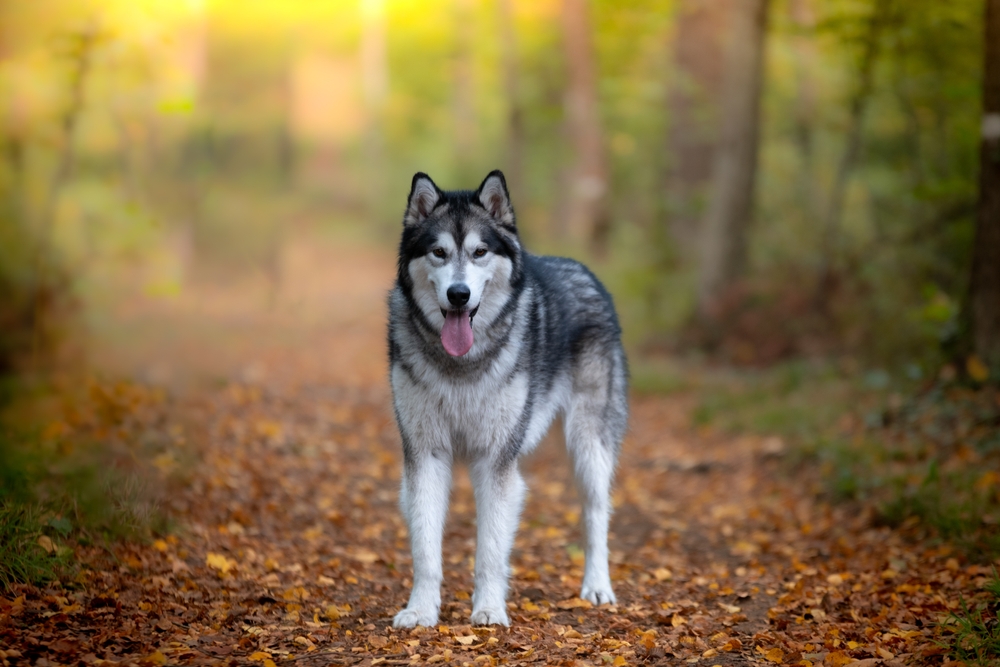
The Controversy Around the Hero
Balto may be a hero, but the story is not without controversy. Other mushers complained about Balto as the lead dog on Kaasen’s team due to his inexperience. Others doubted he truly led the team at all. There had been no records of Balto leading a winning team or runs. In fact, Seppala considered him a “scrub dog.”
In media depictions, Balto is typically shown leading the team on his own, but it’s likely that he ran co-lead with Fox, another of Seppala’s dogs. However, the success of the effort with Balto in the lead made him a celebrity. This caused competition between Seppala and Kaasen, especially since Togo received less of the glory with a longer and more treacherous journey.
The Incredible Story of Togo
While Balto is often celebrated for his role in the 1925 serum run to Nome, another sled dog named Togo played a vital part in this life-saving mission. Under the guidance of musher Leonhard Seppala, Togo led his team across the most difficult and treacherous parts of the journey, covering an astounding distance of approximately 260 miles, significantly more than any other team involved in the rescue.
Born in 1913, Togo was initially considered too small to be a sled dog. Seppala attempted to give him away as a pet, but Togo escaped and returned to Seppala’s kennel, proving himself as an intelligent and determined pup. Over time, Togo continued to show that he was indispensable, with impressive displays of endurance and intelligence that would prove essential in the serum run.
During the serum run, Seppala and Togo faced some of the most perilous conditions, including a tense crossing of the Norton Sound with shifting ice and blizzard conditions. Ultimately, Togo’s exceptional navigation skills and determination helped ensure the serum reached its final destination, saving countless lives in Nome.
Despite his monumental contribution, Togo did not receive immediate national recognition on the same level as some of the other dogs involved. However, those familiar with the true events have long regarded him as the unsung hero of the serum run. In recent years, Togo’s legacy has been honored more widely, including a 2019 film titled “Togo,” which stars Willem Dafoe as Seppala and a beautiful Siberian Husky named Diesel as Togo, and highlights his extraordinary journey and the bond between him and Seppala.
Balto’s Remaining Days
After his victory, Balto would’ve been a prime stud dog, but he had been neutered at a young age. He ended up on the vaudeville circuit with his team, and Kaasen sold the dogs to the highest bidder. Ultimately, the dogs were chained in a small area in a novelty museum and freak show in Los Angeles.
On a visit to LA, George Kimble, a former prizefighter and businessman from Ohio, saw the poor condition of the dogs. He worked with the Cleveland newspaper to bring Balto and the rest of the dogs to Cleveland. They arrived in Cleveland with a hero’s welcome and parade before being taken to the Brookside Zoo.
Sadly, Balto passed away at the age of 14, on March 14, 1933. His death was attributed to an enlarged heart and liver, with the former being a result of stress on his body during the serum run.
After his death in 1933, Balto was mounted by a taxidermist and donated to the Cleveland Museum of Natural History. Alaska passed a bill to try to bring Balto to the state in 1998, but the museum declined. Instead, he was on loan for five months at the Anchorage Museum of History and Art, bringing in record crowds. He’s currently on display in the Cleveland Museum of Natural History.
Part of Balto’s fame is the 1995 film Balto, an animated film that tells his story without the aftermath and controversy. The heroic dog captured the hearts of people all over the world.
A statue of Balto, sculpted by Frederick Roth, was erected in New York City’s Central Park at the end of 1925. It bears the following inscription:
“Dedicated to the indomitable spirit of the sled dogs that relayed antitoxin six hundred miles over rough ice, across treacherous waters, through Arctic blizzards from Nenana to the relief of stricken Nome in the Winter of 1925. Endurance – Fidelity – Intelligence.”
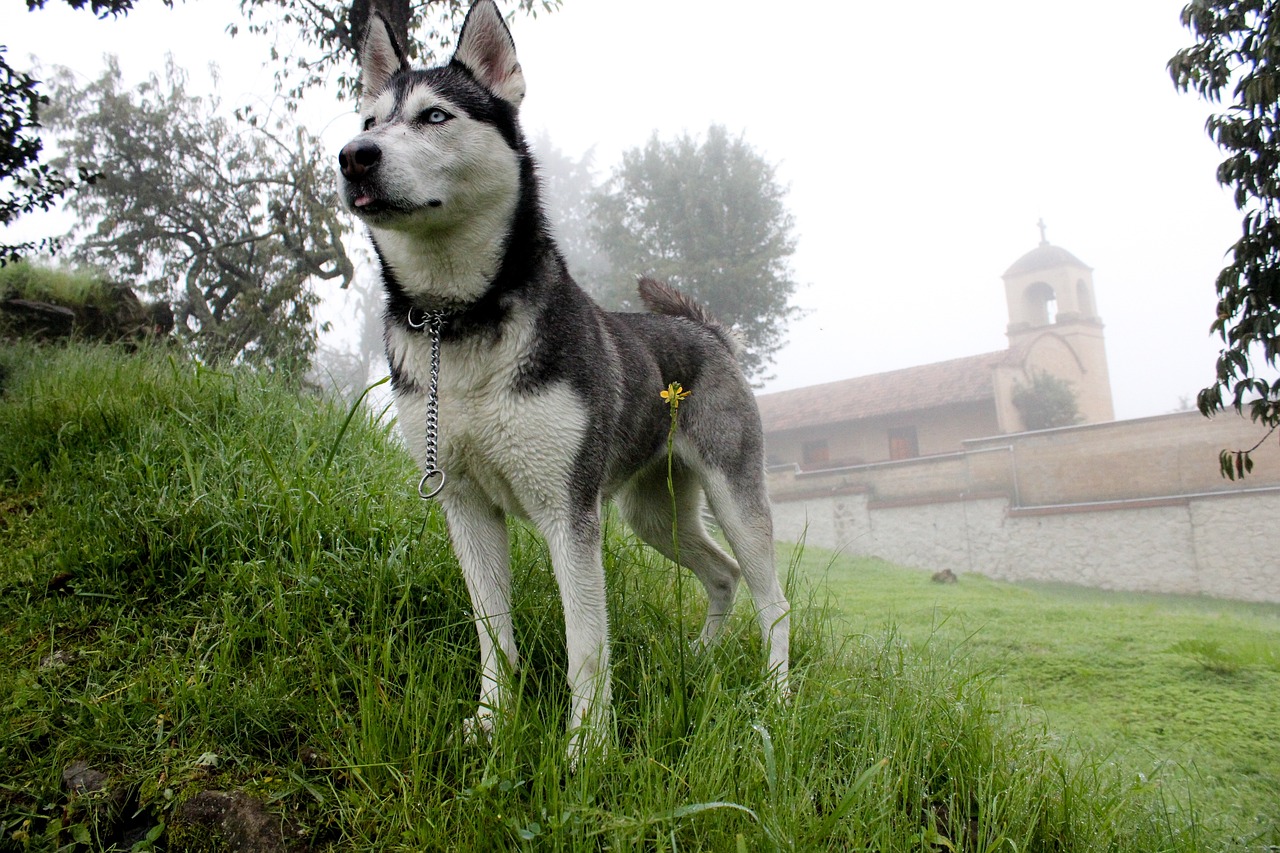

Balto’s Legacy
Whatever the chatter among professional mushers—and the statements from Seppala—Balto is still the most famous name from the Alaska Serum Run. Togo, and the rest of the heroic dogs and people who made it possible, are often overlooked.
See Also:
- What Kind of Dog Was Laika? Space History & Facts
- What Kind of Dog Is Beethoven? Facts & Behind-the-Scenes
Featured Image Credit: Property of centralpark.com. All rights reserved to the copyright owners.
